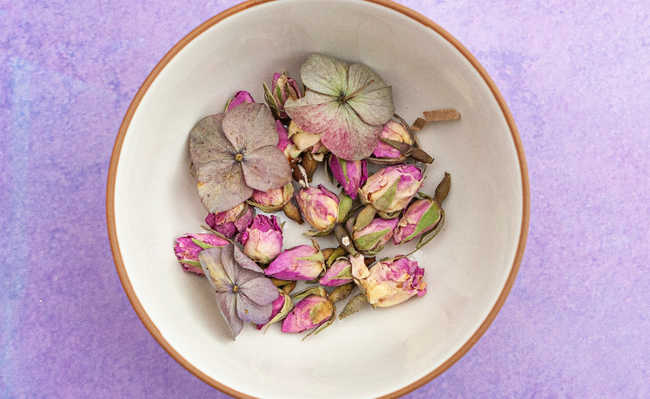Aloe on the skin: uses and benefits
Aloe on the skin can provide healing, anesthetic, antipyretic, antimicrobial and more benefits.

Edited and resized image by Miguel Bruna is available on Unsplash
Aloe on the skin can provide healing, anesthetic, antipyretic, antimicrobial, antioxidant, anti-inflammatory and moisturizing benefits. Scientifically known as aloe succotrine and aloe vera, it is very easy to use topically. Understand:
- Antioxidants: what are they and in what foods to find them
Aloe on the skin
Aloe gel can be used as a compress or applied directly to the affected area of the skin. Aloe gel has antipyretic properties (helps to lower fever), anesthetic properties (aloe compress can relieve muscle and bone pain), rheumatism and migraine. It also has anti-inflammatory properties (fights infections and acts like cortisone in the body, but without side effects). Aloe gel also works as a healing agent, as it penetrates the three layers of the skin, facilitating the healing of burns, sunburns and wounds. In more serious cases, consult a doctor and ask if aloe will work or not. The use of cosmetic products and external use with aloe is authorized by Anvisa.
Also, according to one study, applying aloe vera to the skin can help relieve the symptoms of eczema (also called atopic dermatitis). Another study found that an ointment containing a mixture of aloe and chamomile can help relieve the symptoms of diaper dermatitis.
- Disposable diapers: know hazards, impacts and alternatives
How to use aloe on the skin
Ingredients
- 1 aloe leaf;
- 1 glass of water.
Way of doing
- open the aloe leaf, remove the gel and mix in a blender in the proportion of 1 scoop of gel to 1 cup of water;
- apply to the skin gently.
Combined treatments
Combining treatments can increase the effectiveness of aloe vera on the skin. Check out some options:Aloe and coconut oil
- mix a third of a cup of aloe gel and a half cup of coconut oil;
- apply to affected area;
- store it in a glass container in the refrigerator.
Aloe and essential oils
- mix a scoop of aloe gel with 5 drops of tea tree essential oil;
- keep the mixture in a glass jar overnight;
- apply to the affected area.
Aloe with olive oil
- mix a tablespoon of aloe gel with a few drops of oil;
- apply to affected area
Aloe and saffron
- mix a tablespoon of aloe gel with a dash of turmeric;
- apply to affected area;
- leave for 20 minutes, then rinse well with water.
Side effects
It is usually safe to apply aloe to the skin, but there may be mild skin reactions such as itching or burning in some people.
To avoid side effects, first apply aloe to a small patch of skin and check for signs of irritation or allergy. If there are no signs of side effects in one day, use it on a larger area. But if you are having a skin condition like eczema, be sure to seek medical help.










